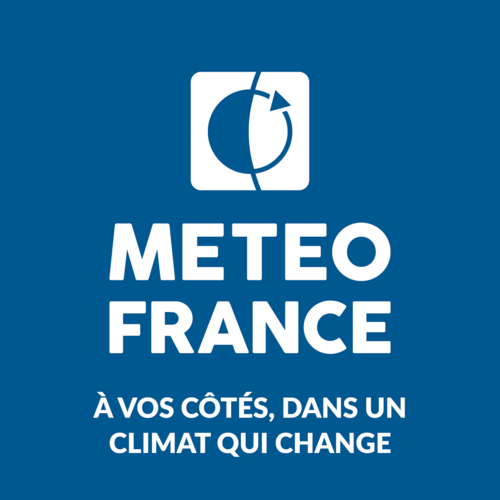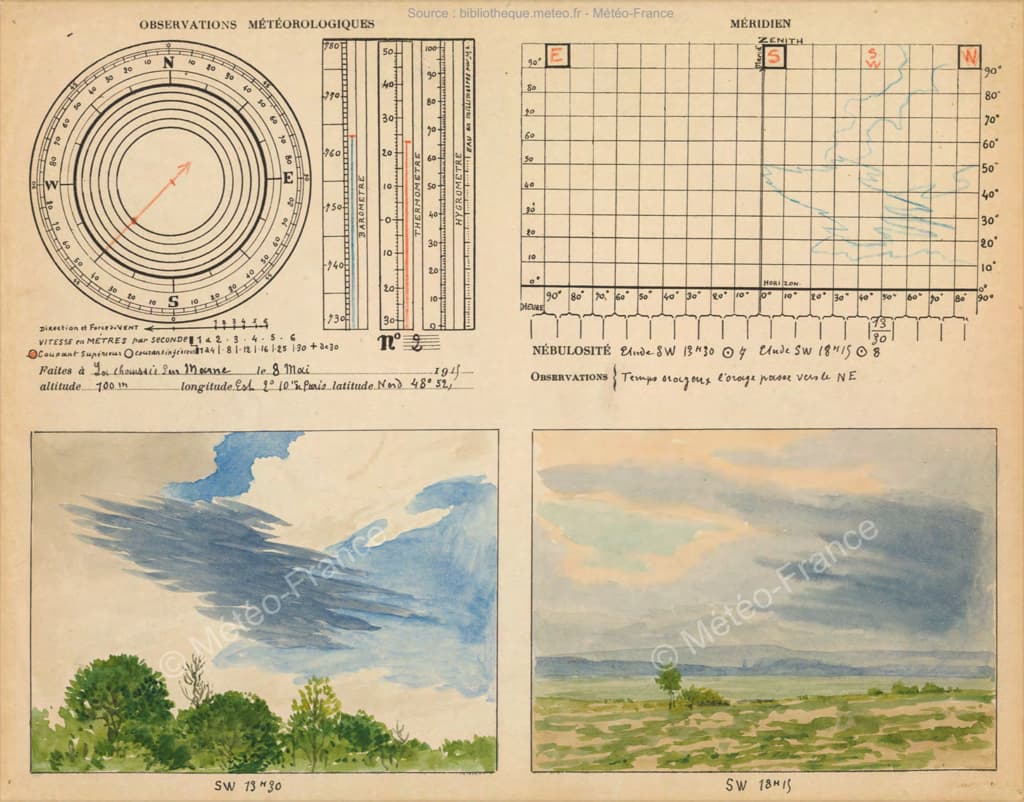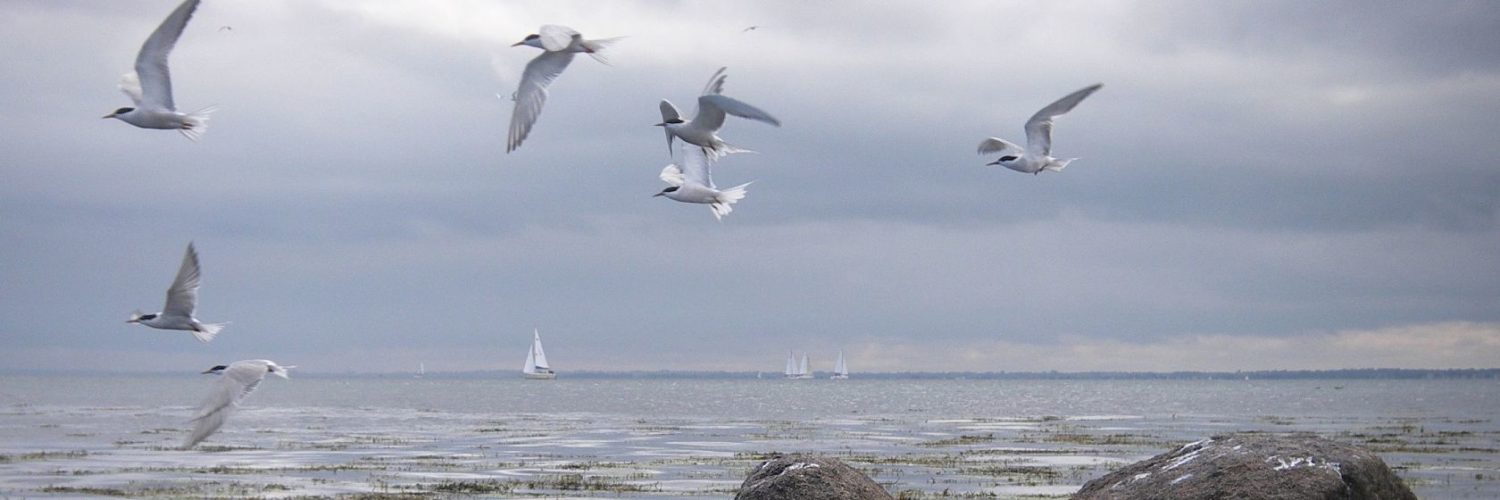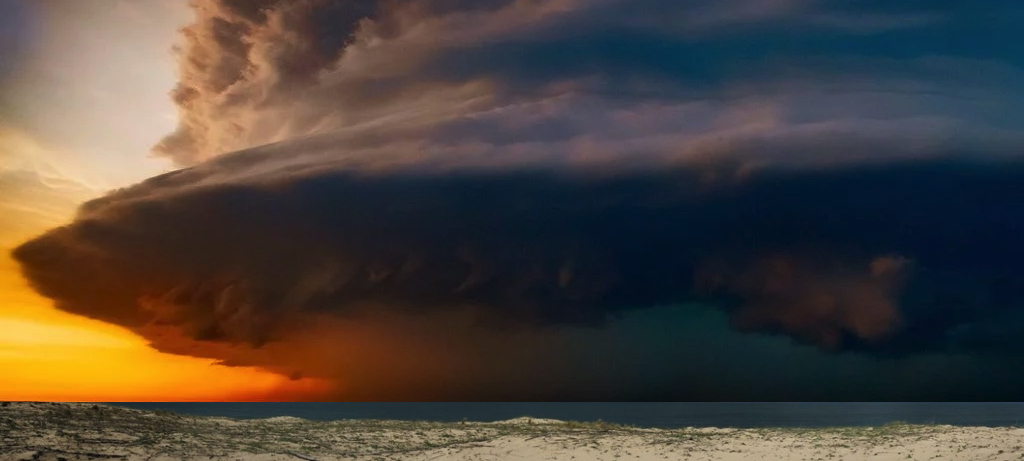 After NOAA, which has just suffered the wrath of the Trump administration (1), here is the Météo-France institute in turn pinned by the national press. After the newspaper La Dépêche on March 24 th, Le Monde adds on April the 20 th (2) by taking stock of the situation and studying the causes of the recent errors that have occurred several times in the weather forecasts of recent months
After NOAA, which has just suffered the wrath of the Trump administration (1), here is the Météo-France institute in turn pinned by the national press. After the newspaper La Dépêche on March 24 th, Le Monde adds on April the 20 th (2) by taking stock of the situation and studying the causes of the recent errors that have occurred several times in the weather forecasts of recent months
Savings at the expense of public service
Unfortunately, the situation is not new. Already, in November 2024, The newspaper Le Pèlerin (3) had noted the deterioration of local forecasts in France by highlighting "the decline of Météo-France". Indeed, the steady reduction in the workforce 3700 down to 2600 in 25 years and the gradual closure of departmental branches in favour of interregional structures from 2008 no longer allowed a sufficiently fine grid of local data. In addition, the elimination of forecaster positions at the regional level in 2023 no longer allowed automated forecasts to be corrected.
So much so that many groups of amateur meteorologist enthusiasts have undertaken to compensate for these deficiencies by transmitting their observation data on social networks. The hundreds of volunteers who previously sent their observations to Météo-France were thanked and joined the ranks of these independents. Private weather websites have multiplied. Infoclimat, Association created in 2003, is part of this private sphere capable of quickly communicating its observations via the Internet on sites created for this purpose. Occurrence of severe thunderstorms, heavy rainfall, Tornadoes in formation, can now escape Météo-France due to a lack of resources, while individuals can set up weather stations in their garden and quickly broadcast their observations.

A bygone era : When station surveys were works of art ! (Source : Météo-France documentary collection)
Yet, Mrs. Virginie Schwarz, CEO of Météo-France, during his hearing before the Committee on Sustainable Development and Regional Planning for the renewal of his mandate in October 2023 (4), argued that the reduction in the number of staff : " […] is partly explained by the technical progress that is the automation of meteorological observation, […], partly through efficiency gains. As for the decisions to close the departmental centres of Météo-France " They reflected the evolution of techniques, the fact that it is no longer necessary to be physically present in each department to make weather forecasts. Of which note. At the end of this commission, Ms. Schwarz was reappointed to her post.
Long before that, in March 2011, the Senator of Finistère, Mrs. Maryvonne Blondin, already protested in a written question in the Senate (5) against the State's disengagement in view of the closure of half of Météo-France's departmental centres on the horizon 2017, asking the Government how " It intended to fulfil its missions of local public service in order to guarantee everyone, equitably on the national territory, A quality weather service. ”
The response of the supervising Ministry, published in February 2012 — 11 months of reflection, still ! — was that the territorial reorganization of Météo-France " responded to the recommendations made by the Court of Auditors and by the finance committees of the two parliamentary assemblies […] ”. This was followed by a long convoluted speech to demonstrate that the savings to be made would have no impact on the quality of the service, etc,.
Automation at the expense of forecasters' expertise
The policy of continuous restructuring, which is mainly aimed at reducing costs, has reached a peak with the introduction of the "Alpha" database to supplement the expertise of forecasters. This tool, resulting from the " Production Forecasting Program " was officially put into production in November 2023, allowing Météo France to feed its various services, including the website and app. But this database into which an AI engine has been introduced — without naming it —, turned out to be a disaster because it was insufficiently tested and reliable before it was put into production. This has caused aberrations in local forecasts in France, An outcry from the public concerned, and seriously undermined the morale of the forecasting engineers who have not ceased to denounce the policy of the public company.
However, Météo-France trains and recruits high-level forecasting specialists, The means of data collection have been increased thanks to new satellites, Weather models are recognized for their performance, The power of new supercomputers makes it possible to run increasingly complex models. But the management of Météo-France is not giving up, in the light of the drastic savings imposed by the government, automation remains the major asset to compensate for the decrease in the State's financial allocations.
Deadly disasters
Today, at a time of inevitable global warming and the increasing intensity of dangerous weather phenomena resulting from it, It would be urgent for our city councillors to take into account the security of the citizens who elect them, because too often their lives depend on it.
Unfortunately, it is necessary, In France, that there will be deadly disasters to move our governments. It was the case, among others, with the deadly floods of Vaison-la-Romaine in September 1992 (47 Victims), The Two Storms Lothar and Martin of December 1999 (92 Victims), Xynthia in February 2010 (47 Victims), and recently Corsica in August 2022 (5 victims and considerable damage). Each of these dramatic phenomena has provoked the immediate financing and implementation of additional actions and means to warn citizens (Weather and flood watch), alert the civil protection services, and also technical means : River survey networks, webcams, etc,.
The stormy episode that reached Corsica on the morning of 18 August 2022 is a significant example of the need for very localized observations allowing meteorologists to refine the forecasts from the raw outputs of the models. On the evening of 17 August, a multicellular thunderstorm develops between Spain and the Balearic Islands. The AROME model, the highest resolution of Météo-France, was calculated from 6 p.m. UTC, and the available forecast 2 down to 3 hours later, that is to say, between 22 and 23 Local times. It did foresee a stormy development, common at this time. However, the following calculation only takes place at 00h UTC, the explosive nature of the phenomenon and its rapid trajectory towards Corsica could not be determined at the earliest around 4-4:30 a.m. local time, at a time when everyone is asleep. When the first alerts were issued, with a speed of movement of the phenomenon at about 35 knots, when the west coast of Corsica woke up in the early morning, The "derecho" was on them (6).
Following this episode, from 2023 Météo-France has released the funding to undertake the installation of five latest-generation weather buoys anchored in the western Mediterranean basin to collect local data in real time to better feed its flagship weather model (read Météo-France strengthens its observations in the Mediterranean).
A little optimism ?
Météo-France nevertheless ended up agreeing on its weaknesses and assured that the process of continuous improvement of its new tools was continuing, even if the objectives do not seem to be clearly defined according to the opinion of the staff. In two years, the management timidly recruited about fifty forecasting engineers through a competitive examination. She also announced the ongoing study of the AROME model with a resolution of 500m on 120 levels of which 17 Levels of 2,50 down to 200 meters of altitude. Tested since the summer 2022 over two regions : Paris (Paris Basin) and Medalp (South France coast and Alps, outside Corsica), Its future is still uncertain to this day.
It may never be too late to do the right thing, But it is never too early to anticipate !
–––
(1) NOAA in danger : bad weather for meteorology !
(2) Can we still trust Météo-France? ?
(3) Local weather : enthusiasts take over after the closure of the Météo-France stations
(4) Meeting minutes – Committee on Sustainable Development and Regional Planning
(5) Written question No 17685 by Mrs. Maryvonne Blondin (OJ Senate of 17/03/2011)
(6) What is a "derecho"? ?
–––




Just a little effort every day ! Access the services of Météo France – Semi-public service – in preference to other services (Too much) Available : this diverts advertising revenue to Météo France and not to those who are commercial
Forecasts in the Mediterranean remain remarkable, especially for the wind, provided that you have taken out a reasonably expensive subscription to the AROMA model , for example on the Weather4D app.
Consumer forecasts, city by city on the Météo France website, are very acceptable for both temperatures and sunshine, and even for the forecast of rain in the following hour. There is undoubtedly progress to be made, in particular for the transmission of alerts on the mobile network.